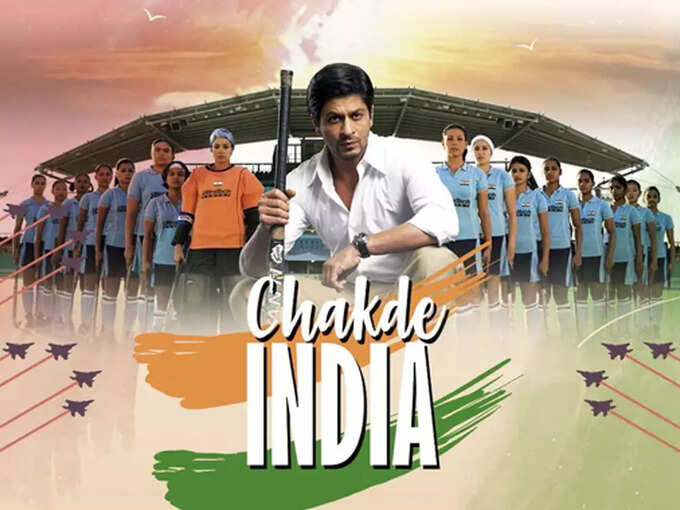Actor Annu Kapoor, known for his outspoken opinions, recently shared his views on the portrayal of characters in the 2007 sports drama Chak De! India, starring Shah Rukh Khan. In an interview with ANI, Kapoor voiced concerns over how certain characters were depicted, particularly how the film represented different communities.
According to Kapoor, Chak De! India, directed by Shimit Amin, is based loosely on the life of former Indian hockey coach Mir Ranjan Negi. However, Kapoor stated that while the real story revolves around a Hindu coach, the film’s protagonist, Kabir Khan (played by Shah Rukh Khan), was shown as a Muslim. Kapoor remarked that this choice seemed to align with a trend he observed in Indian cinema, where positive roles are often attributed to Muslim characters while Hindu figures, particularly Pandits, are sidelined or not presented in the same light.
Annu Kapoor Highlights Community Representation in Cinema
Kapoor’s comments reflect his broader concerns regarding how different communities are represented in Bollywood. He feels that while showcasing harmony is important, there should be a balance in how characters from all backgrounds are portrayed. He mentioned that this portrayal often results in sentiments of Ganga-Jamuni Tehzeeb—a blend of Hindu-Muslim unity that Bollywood frequently touches upon. While Kapoor acknowledges the importance of unity, he believes character representations must remain grounded in realism.

Film’s Legacy Continues to Inspire
Released in 2007, Chak De! India went on to become the third highest-grossing film of that year, winning praise for its story, music, and Shah Rukh Khan’s inspiring performance. The story of Kabir Khan as the determined hockey coach leading an underdog women’s team to victory struck a chord with audiences across the nation, making it an enduring classic.
With Kapoor’s remarks now surfacing, social media platforms are buzzing with mixed reactions. Some agree with Kapoor’s perspective, while others argue that Chak De! India is a story of resilience and unity, symbolizing the spirit of sportsmanship above any religious context. As his statement continues to circulate, the discussion around community representation in cinema has sparked a renewed conversation on the creative choices filmmakers make.


